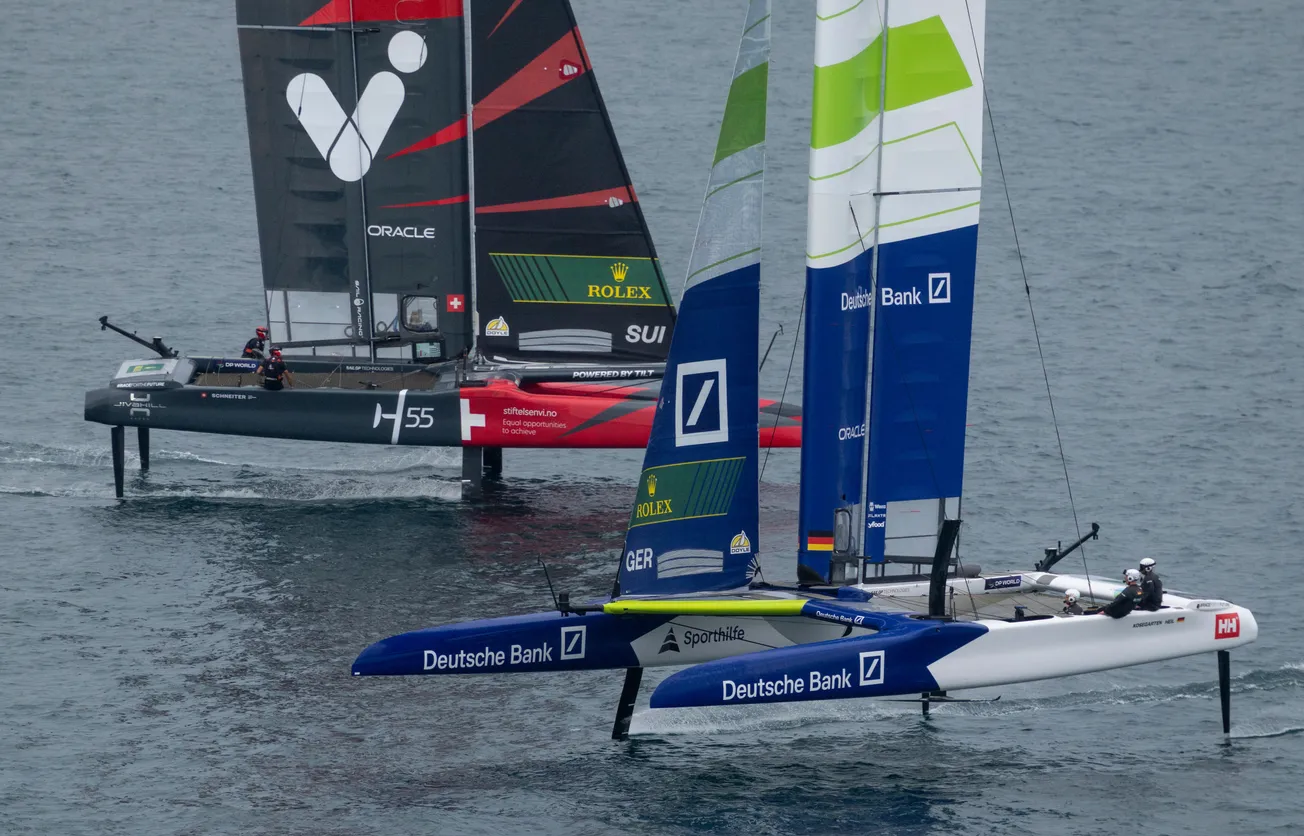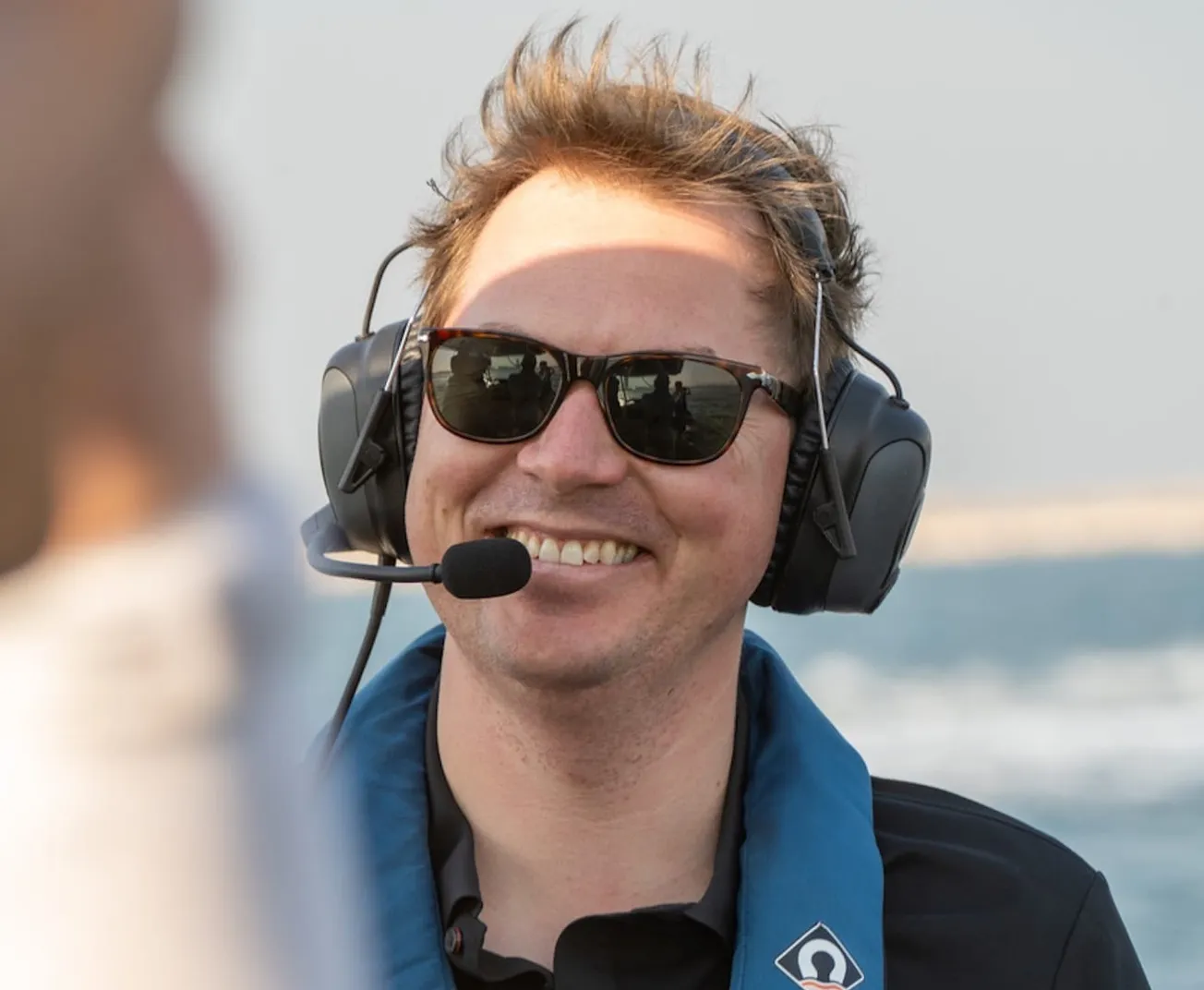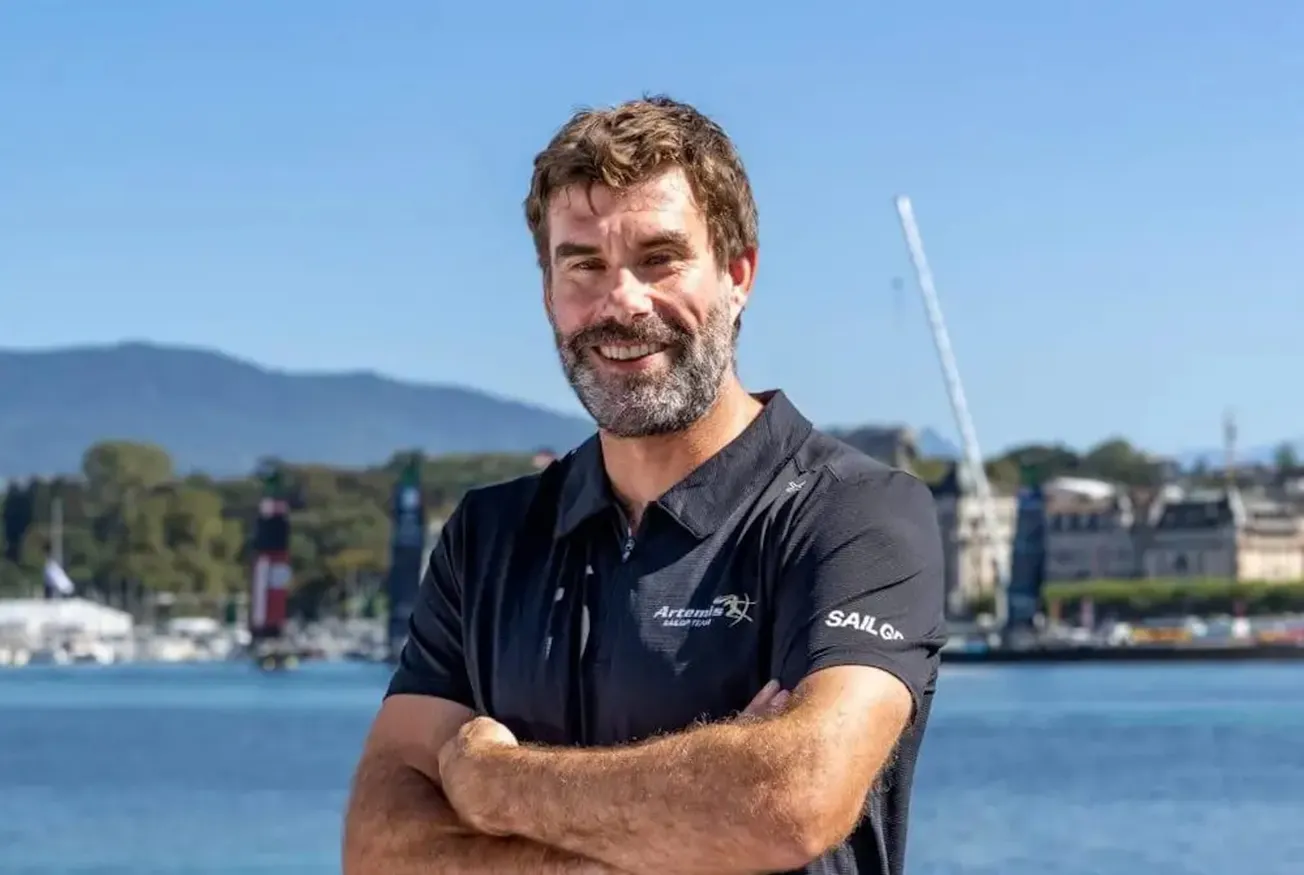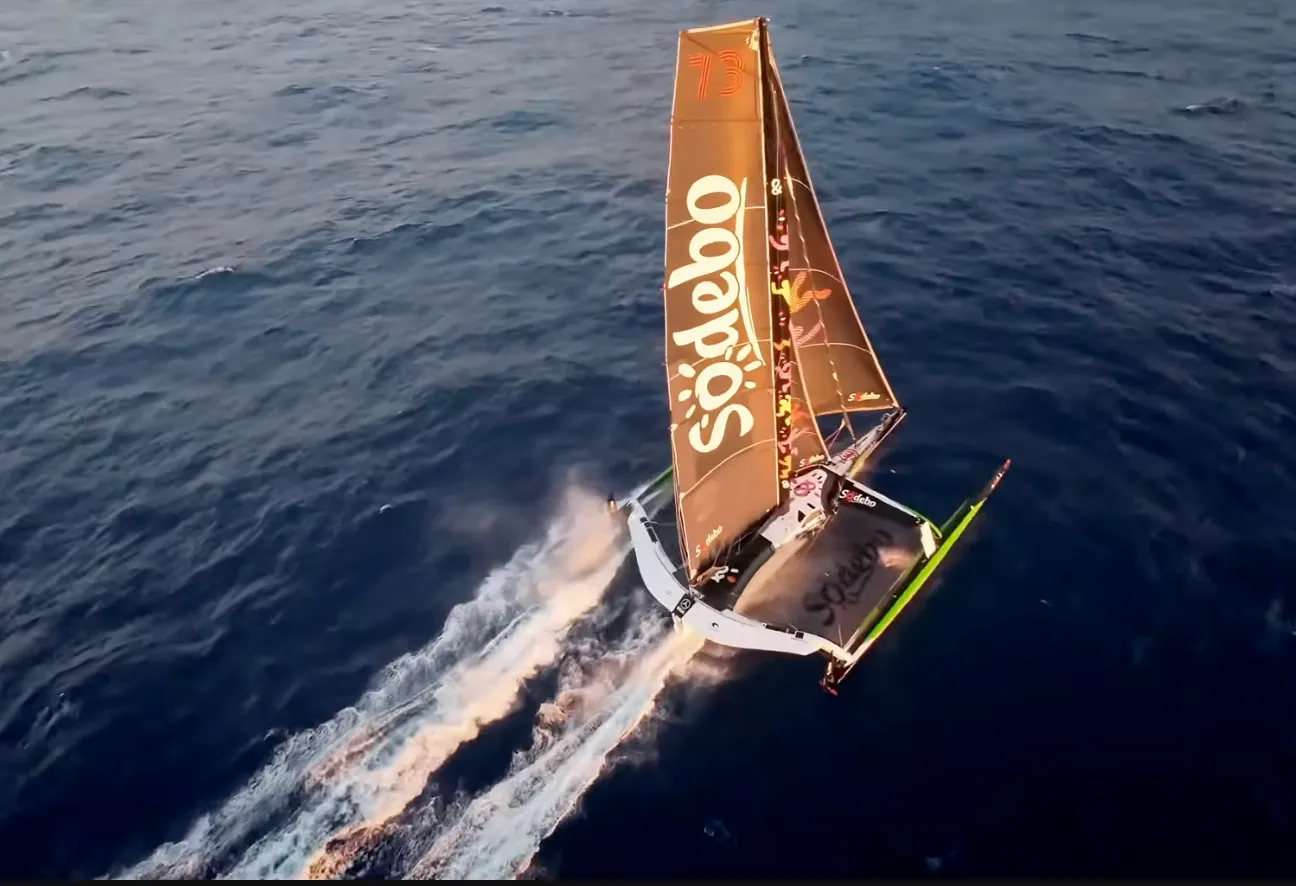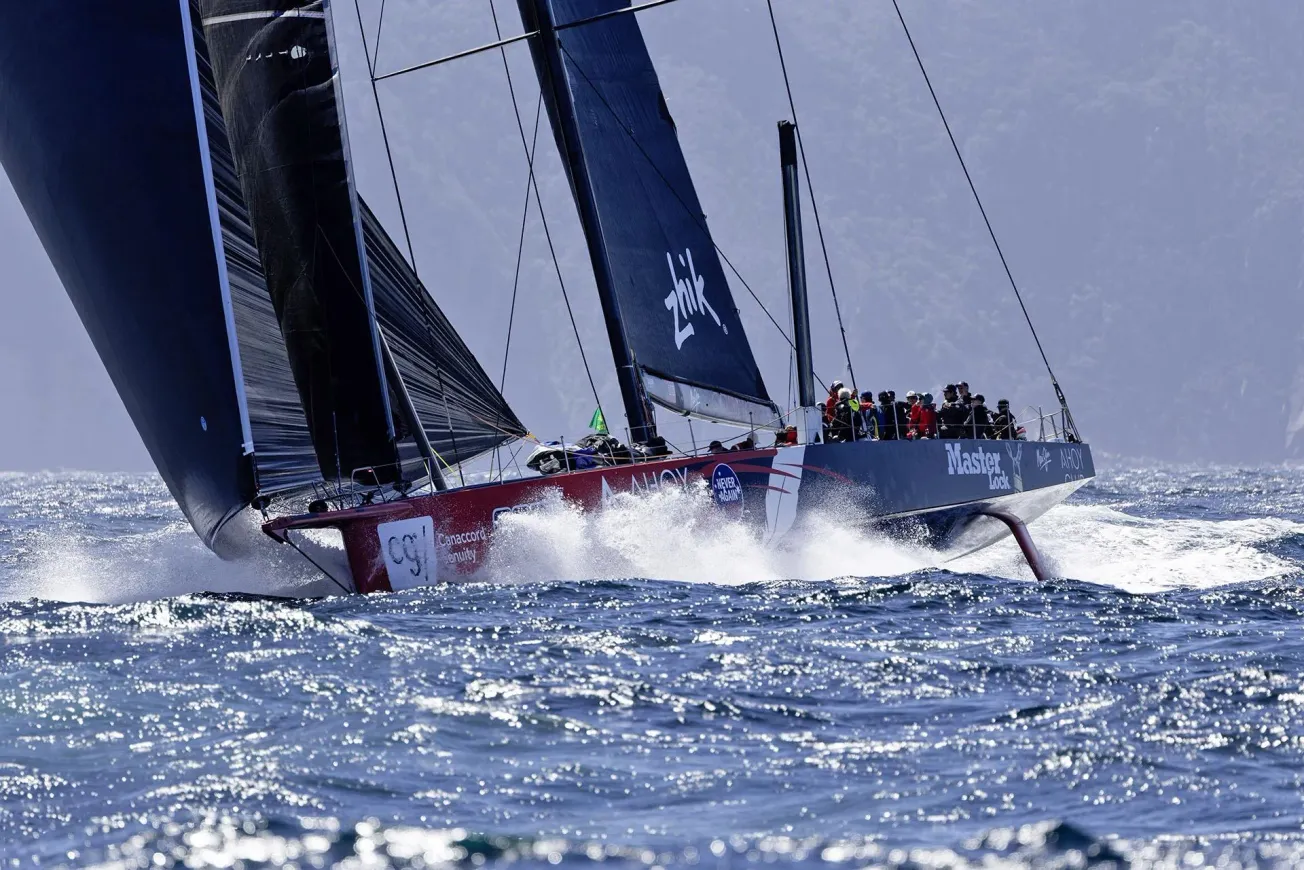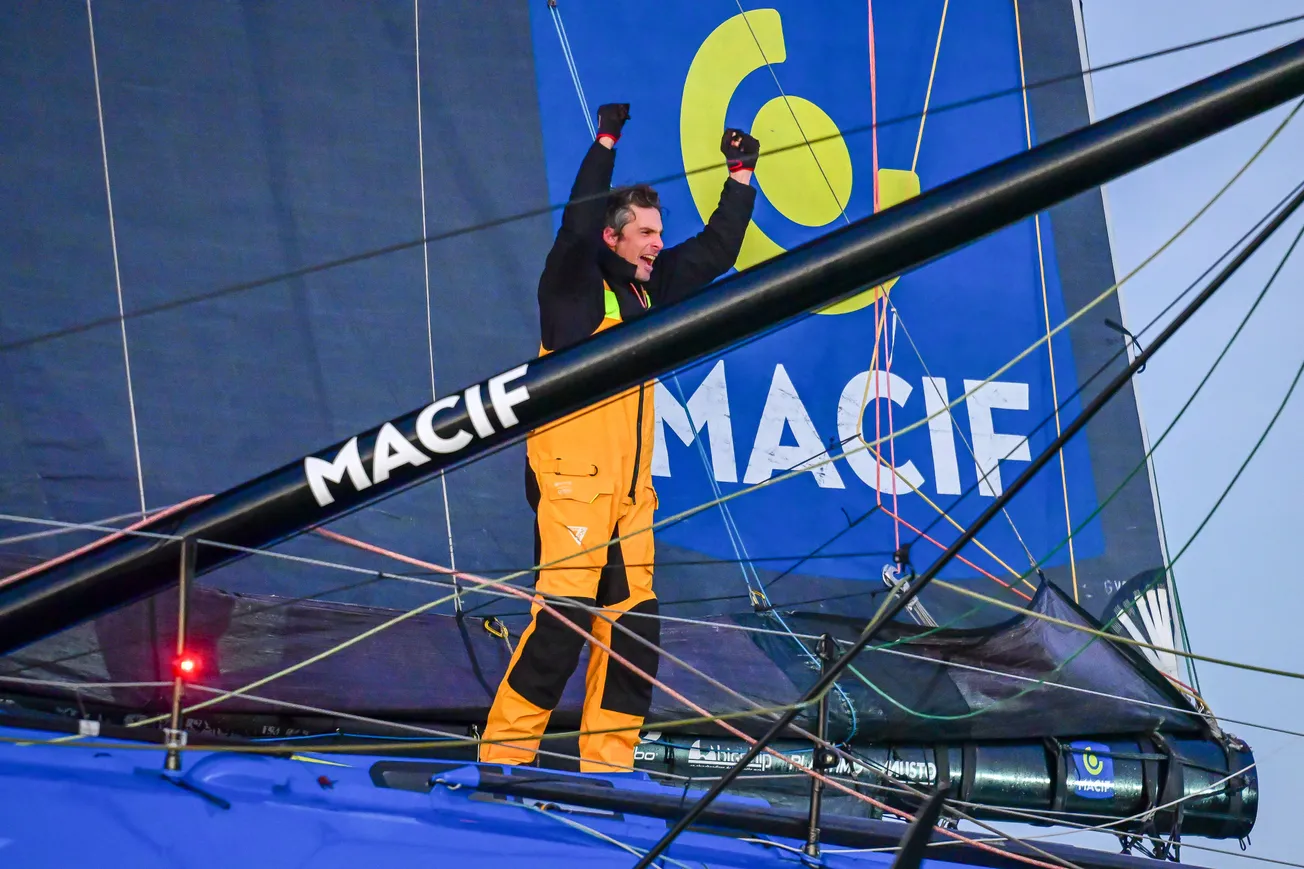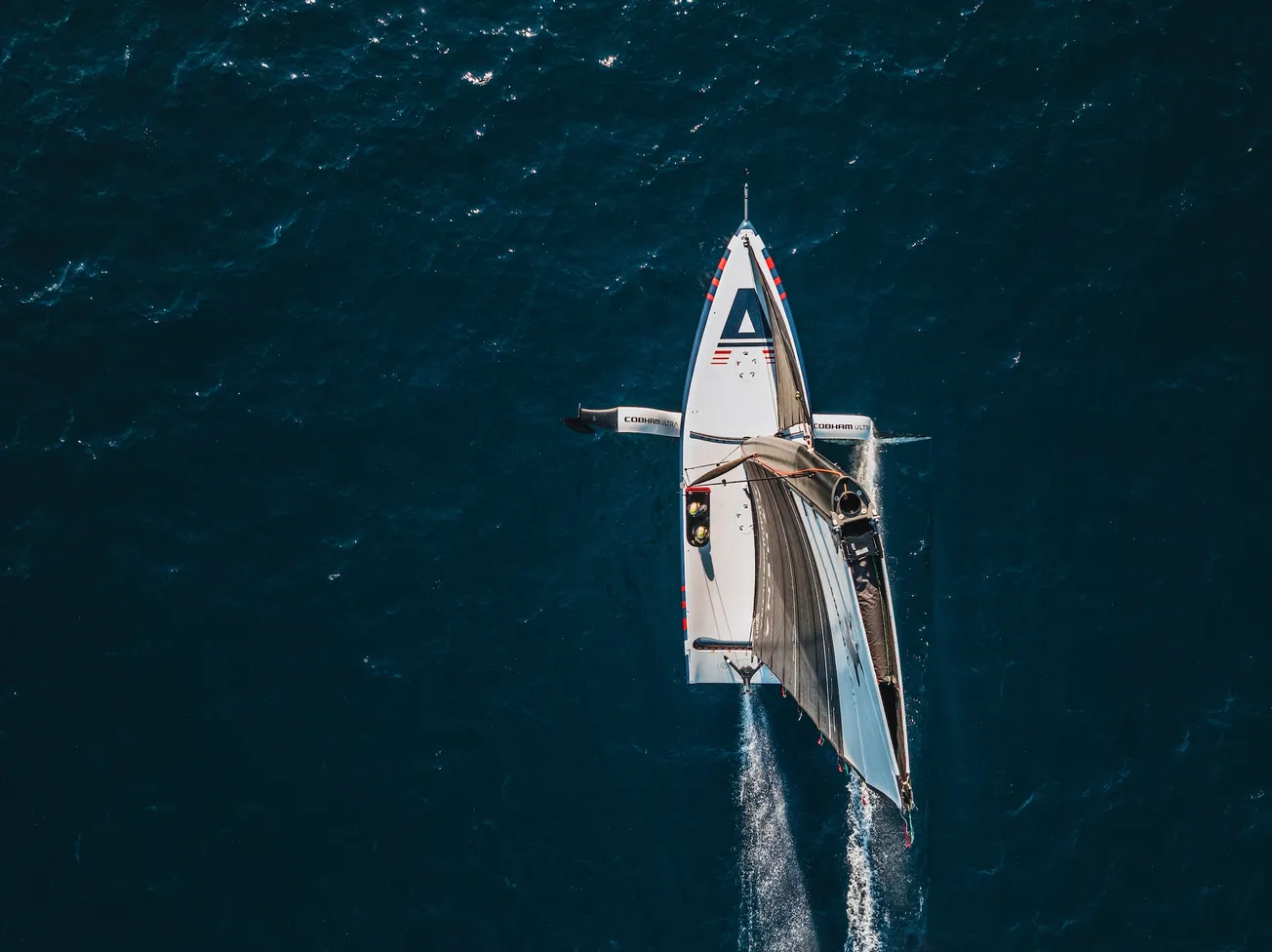

Powered by RedCircle
The bright spot was Germany’s breakthrough: the team reached their first event final and converted it into a maiden SailGP win. After finishes of 9-7-5 on day one, they surged with 5-1-3 on day two, then held their nerve in a tense, patchy final –staying displacement while Tom Slingsby’s Australia briefly foiled – before catching a line of pressure and closing it out. The result bumps Germany to ninth overall and, more importantly, signals a tangible rise from the midfield.
Technically, Geneva showcased the league’s new light-wind package: big wing (24 m²), high-speed rudders, and long-span light-air foils – tested most by Australia, whose wing trimmer Chris Draper has spoken about the foils’ “glide” profile. When the best teams were up and stable – New Zealand, Australia, Great Britain – their smoothness looked almost majestic. But the winds were fickle, and the weekend’s theme was cruel inconsistency: what worked one race didn’t the next. With three-person crews for such complex boats, coordination and comms became the differentiator. Justin and Magnus highlighted how the top teams shared workload on trimming, flight control, and helm transitions with crisp, encouraging dialogue – particularly audible aboard GBR and AUS.
Germany’s win owed much to Stu Bithell. A double Olympic medallist steeped in fluky lake sailing in northern England, Bithell’s instinct in unstable breeze stood out. His on-board calls and fast jibe at the first downwind mark in the key race popped the boat onto its own private puff – “see ya” – a cheeky line Justin loved as the team sailed away while others sat planted.
Stateside, USA showed modest encouragement – Taylor Canfield tends to look stronger when conditions resemble conventional displacement sailing, and they notched three fourths. The hosts nevertheless examined the broader project: visible commercial wins (e.g. Tommy Hilfiger activations) versus on-water results, Mike Buckley stepping off the boat (a hard but commendable call), and whether tapping the American Magic talent pool – for more names like Mike Menninger and Andrew Campbell – could finally fuse a competitive sailing core with their sponsorship muscle. Magnus stressed SailGP needs a strong U.S. team to crack the American market on broadcast.
A major off-water storyline was Artemis Racing joining as the 13th team, with Ian Percy and Nathan Outteridge returning to the league. Both hosts applauded the move: Artemis brings resources, data savvy (they built SailGP’s simulator through Artemis Technologies), and a pathway for young Swedish sailors fresh from the Youth and Women’s Cups. They also noted the league’s climbdown from earlier chatter about 14 teams—now pushed to 2027—which they view as a PR stumble. Magnus floated a bold alternative for that open slot: an all-women’s team led by Hannah Mills, arguing that with will (and gearing tweaks if needed) the “grinding power” objection could be solved – and the PR upside would be huge.
Looking ahead, the standings picture is sharpening: Australia edges Great Britain, with New Zealand third. France and Spain chase, but a late leap into the top three looks improbable. Cádiz is next – likely thermal and fully foiling – which means the front-runners may play percentages: avoid damage, bank solid scores, and roll into the Abu Dhabi finale (likely light again) ready for the three-boat, winner-takes-all shot at $2 million.


